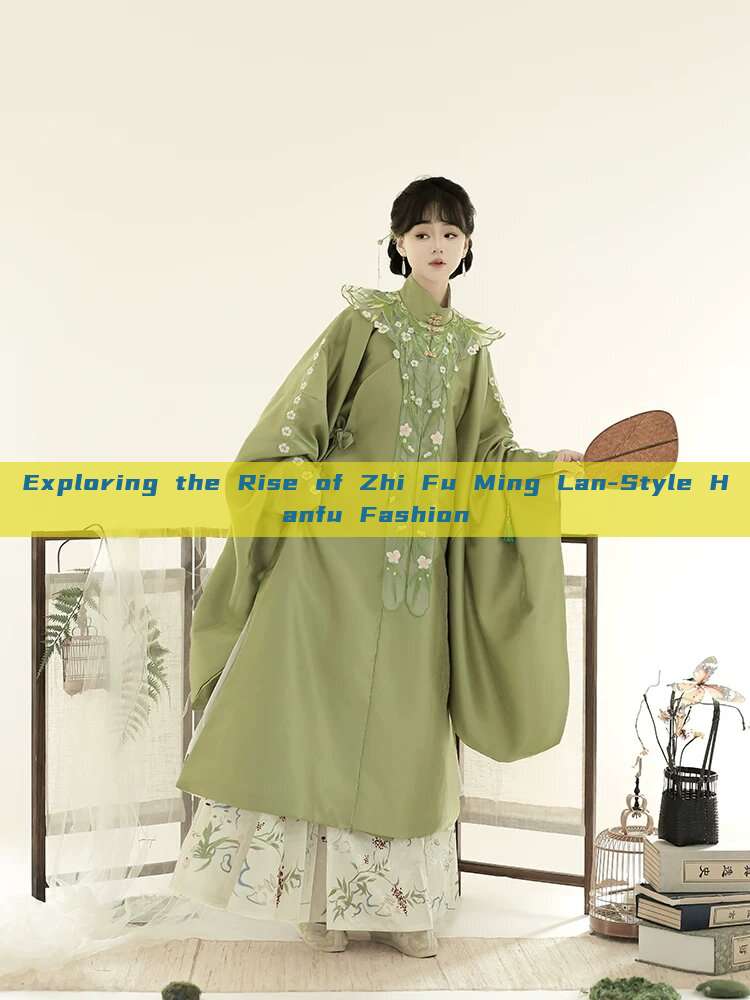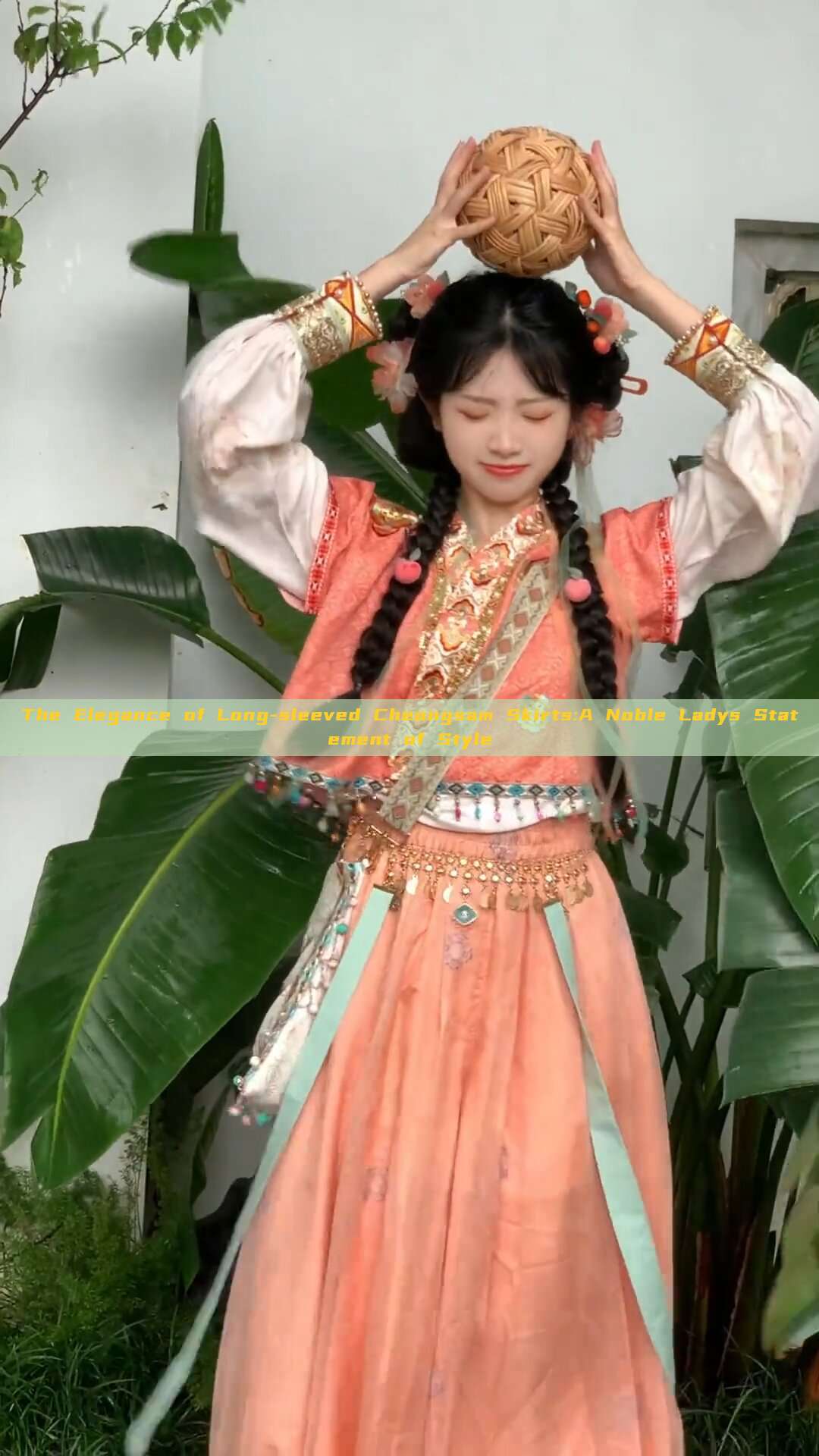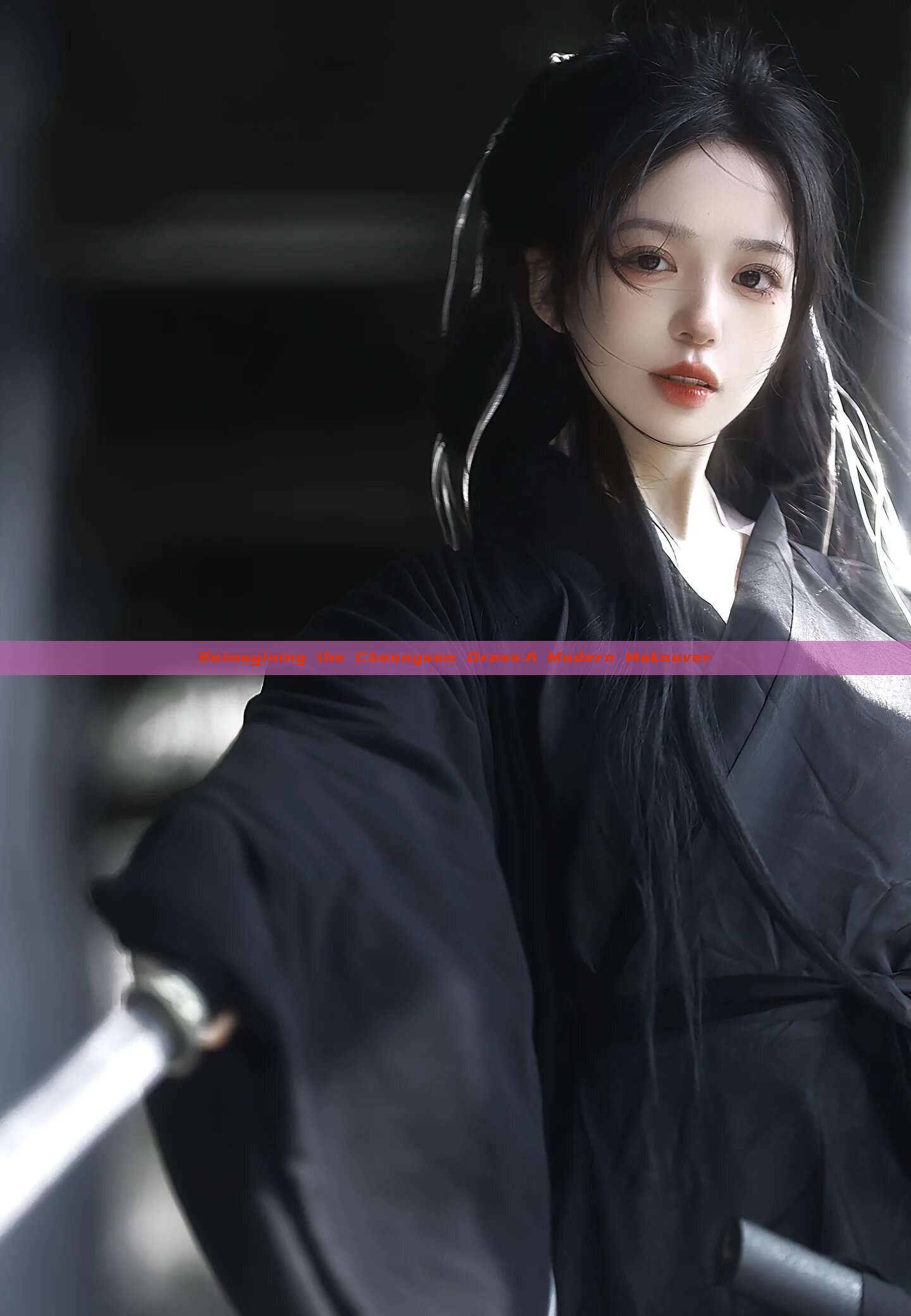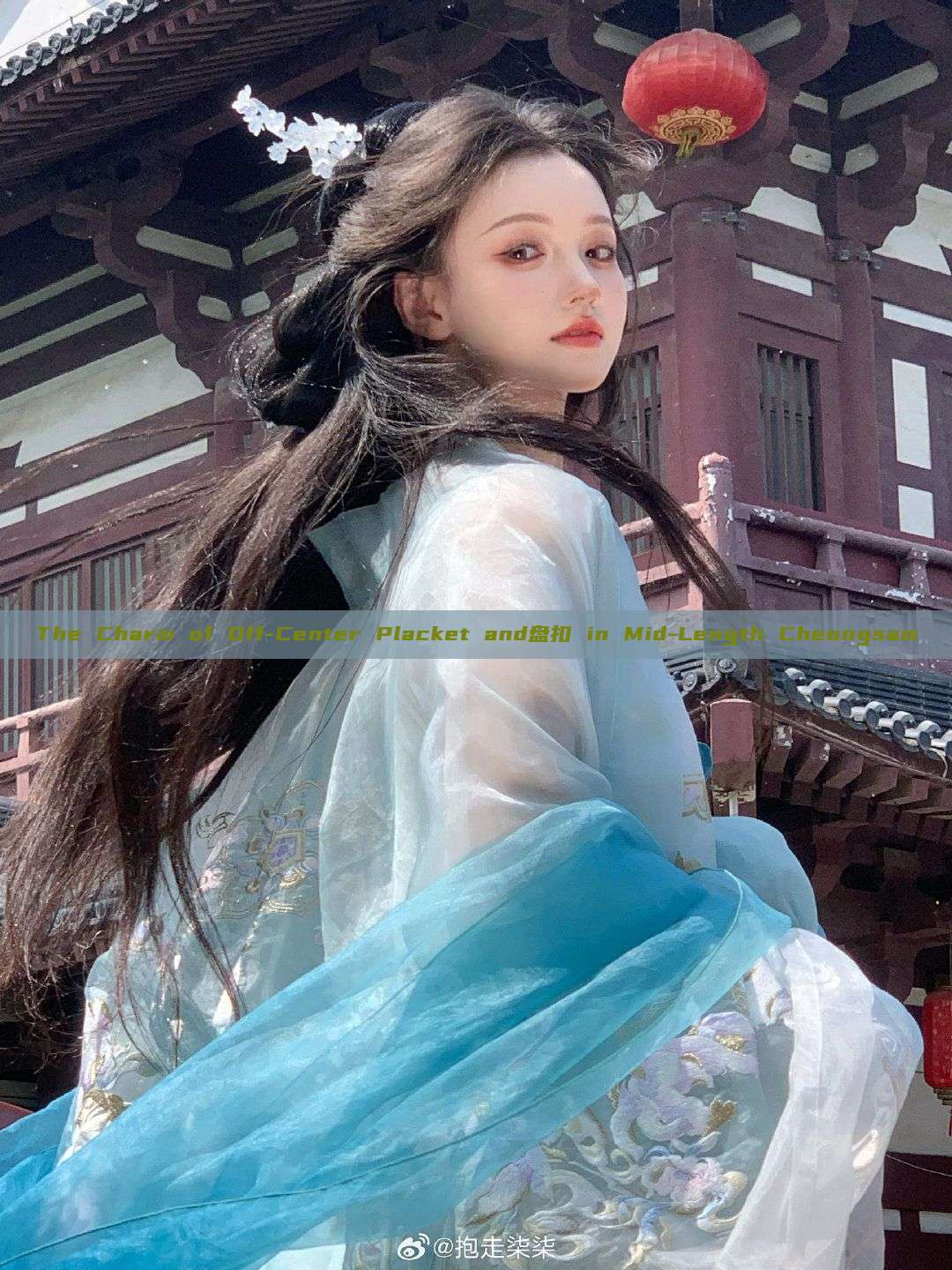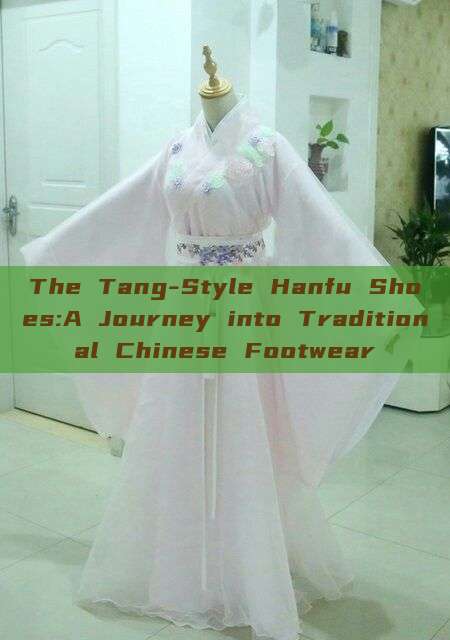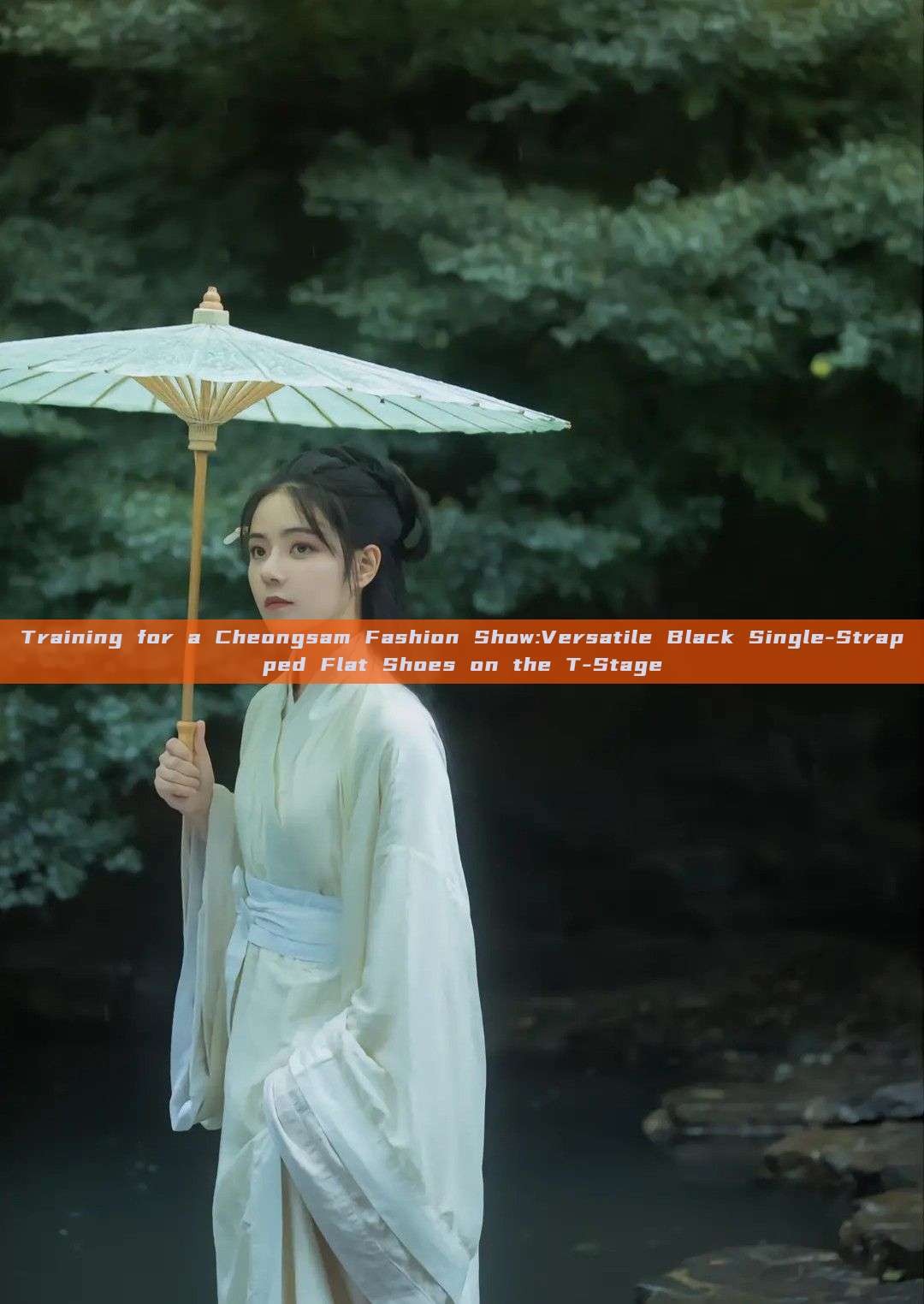Embroidery, an art form that dates back thousands of years in Chinese history, reached a new level of sophistication during the Song Dynasty (960-1279 AD), particularly in the context of Hanfu, traditional Chinese clothing. Song Dynasty Hanfu embroidery not only showcased remarkable craftsmanship but also served as a medium for cultural expression and identity.

The Song Dynasty was a period of cultural and artistic flourishing in China. The evolution of Hanfu, a clothing style that originated in the Han dynasty (206 BC – 220 AD), reached its peak during this era. The intricate details and designs of Hanfu were further enriched by embroidery, which was employed to decorate various parts of the clothing, including the collar, sleeves, and hem.
The Techniques used in Song Dynasty Hanfu embroidery were diverse and complex. Techniques such as cross-stitch, running-stitch, and knot-stitch were commonly used. These techniques involved the use of different threads and needles to create intricate patterns and designs. The patterns often featured natural elements such as flowers, birds, and clouds, which were symbols of good luck and prosperity in Chinese culture.
The cultural significance of Song Dynasty Hanfu embroidery was immense. It not only reflected the craftsmanship and artistic talent of the embroiderers but also served as a medium for cultural expression. The patterns and designs often carried symbolic meanings that reflected the values and beliefs of the wearer. For instance, flowers often symbolized beauty and purity, while birds represented freedom and harmony.
Moreover, Song Dynasty Hanfu embroidery played a significant role in social hierarchy and identity. The complexity and quality of the embroidery on Hanfu were often used to denote the wearer’s social status and rank. The use of specific colors, patterns, and designs also served as a means of identifying one’s ethnic and cultural identity.
In addition to its cultural and social significance, Song Dynasty Hanfu embroidery also had a practical purpose. The intricate designs and patterns provided protection from the elements, adding durability and warmth to the clothing. The use of different threads and techniques also allowed for breathability, ensuring comfort even during intense physical activities.
The influence of Song Dynasty Hanfu embroidery extends beyond the boundaries of China. As trade and cultural exchanges flourished during this period, the art of embroidery traveled far and wide, influencing other cultures and regions. The intricate patterns and designs became a source of inspiration for future generations, contributing to the rich tapestry of Chinese culture and art.
In conclusion, Song Dynasty Hanfu embroidery is not only a testament to remarkable craftsmanship but also a medium for cultural expression and identity. It reflects the values, beliefs, and social hierarchy of the people during this era. The intricate designs and patterns not only enhance the beauty of Hanfu but also provide protection from the elements and ensure comfort. The influence of Song Dynasty Hanfu embroidery extends far and wide, making it a significant aspect of Chinese culture and art.
Today, the art of embroidery continues to thrive, with modern designers incorporating traditional techniques and patterns into contemporary designs. The revival of Hanfu culture has also brought renewed interest in Song Dynasty Hanfu embroidery, with many enthusiasts embracing this traditional craft to create beautiful and meaningful works of art. As we look towards the future, it is hoped that this rich tradition will continue to flourish and inspire generations to come.


